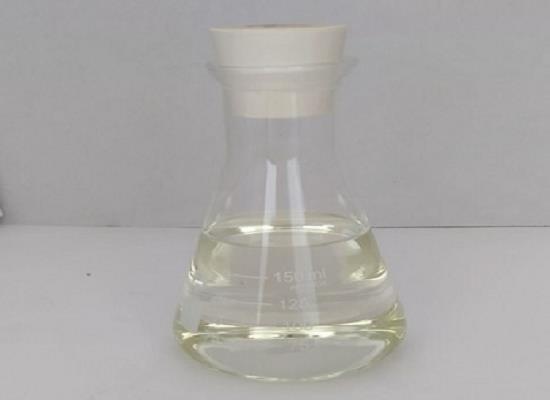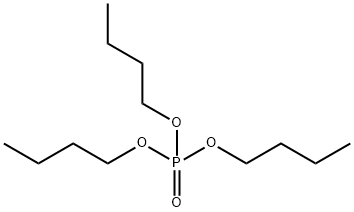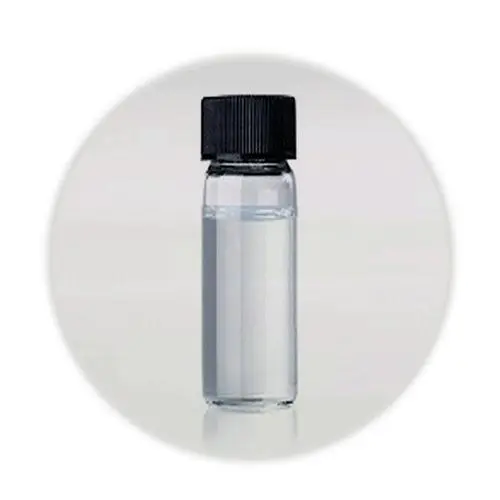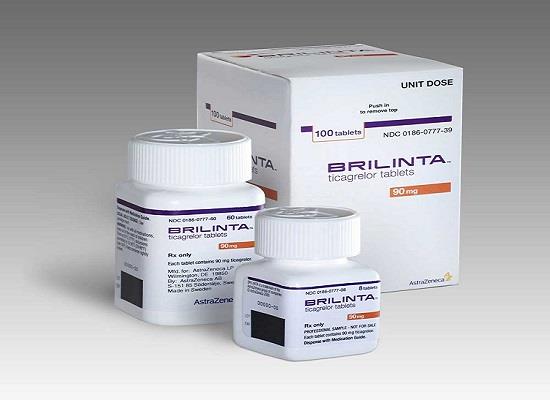Tributyl phosphate: applications and toxicity
General Description
Tributyl phosphate has multiple applications. It is used in metal extraction processes to recover scandium efficiently. Tributyl phosphate also acts as a flame retardant additive, enhancing fire resistance in materials. Additionally, it serves as a lubricant additive, reducing friction and wear in high-load conditions. However, tributyl phosphate can be toxic if exposure is high, causing respiratory irritation, skin problems, and potential harm to organs. It is also classified as a reproductive toxicant and hazardous to aquatic organisms. Careful handling and adherence to safety guidelines are crucial when working with tributyl phosphate.

Figure 1. Tributyl phosphate
Applications
Metal extraction
Tributyl phosphate is an effective extractant for recovering scandium (Sc) in metal extraction processes. It offers high extraction efficiency and is commonly used in industrial applications. Tributyl phosphate, along with other solvents like carboxylic acids and amines, is used to separate Sc from acidic solutions. The optimal control of various operational parameters, such as aqueous phase characteristics and ratios, influences the extraction process. Industrial production combines hydrometallurgical and pyrometallurgical techniques, including acid leaching and solvent extraction using tributyl phosphate or other organophosphorus extractants. Co-extracted metals like Fe(III) and Ti(IV) should be considered during extraction. Overall, tributyl phosphate plays a significant role in extracting Sc, and research aims to improve extraction efficiencies and address challenges related to the similarities among rare earth metals. 1
Flame retardant
Tributyl phosphate is a widely used flame retardant additive. It enhances the fire resistance of materials like plastics, textiles, and coatings by forming a protective layer that delays ignition and spread of fire. Tributyl phosphate can release phosphoric acid, inhibiting combustion reactions. Compatibility with the base material is crucial for its effectiveness, requiring compatibility tests. Adhering to environmental regulations is important to minimize impact and ensure safety during handling and disposal. Overall, tributyl phosphate is essential in various industries for enhancing fire resistance and protecting materials. 2
Lubricant additive
Tributyl phosphate is a vital additive in the field of lubricants, contributing to improved performance and longevity. Tributyl phosphate is primarily used as an antiwear agent and extreme pressure (EP) additive in lubricant formulations. With its exceptional thermal and chemical stability, TBP forms a thin protective film on metal surfaces, reducing friction and wear under high load and temperature conditions. When using tributyl phosphate in lubricant additives, certain precautions should be taken. Firstly, compatibility tests are essential to ensure that tributyl phosphate blends well with base oils and other additives without causing any adverse reactions or sedimentation. Secondly, it is crucial to adhere to recommended dosage levels to maintain optimum performance and avoid potential negative effects on the lubricant's properties. Additionally, attention must be paid to handling tributyl phosphate safely as it may be irritant to the skin and harmful if ingested. In conclusion, incorporating tributyl phosphate as a lubricant additive can effectively enhance performance, reduce friction, and prevent wear in various applications. However, careful consideration of compatibility, dosage, and safe handling practices is necessary to maximize the benefits while ensuring safety and environmental compliance. 3
Toxicity
Tributyl phosphate can be toxic if exposure occurs in high concentrations or through certain routes of entry. However, it is important to note that the toxicity of tributyl phosphate depends on the level and duration of exposure. Inhalation of tributyl phosphate vapors or mists may cause respiratory irritation. Prolonged or excessive inhalation can lead to more severe effects on the respiratory system. Skin contact with tributyl phosphate may cause irritation, redness, and discomfort. Ingestion of tributyl phosphate can result in gastrointestinal disturbances and may affect the liver and kidneys. Tributyl phosphate is classified as a Category 2 reproductive toxicant, meaning it may have adverse effects on fertility and development. It is also classified as hazardous to aquatic organisms, potentially causing long-term adverse effects in the aquatic environment. 4
Reference
1. Salman AD, Juzsakova T, Mohsen S, et al. Scandium Recovery Methods from Mining, Metallurgical Extractive Industries, and Industrial Wastes. Materials (Basel), 2022, 15(7):2376.
2. Watts MJ, Linden KG. Advanced oxidation kinetics of aqueous trialkyl phosphate flame retardants and plasticizers. Environ Sci Technol, 2009, 43(8):2937-2942.
3. Michel K, Brinkmann C, Hahn S, Dott W, Eisentraeger A. Acute toxicity investigations of ester-based lubricants by using biotests with algae and bacteria. Environ Toxicol, 2004, 19(4):445-448.
4. Zhou L, Zhang W, Xie W, et al. Tributyl phosphate impairs the urea cycle and alters liver pathology and metabolism in mice after short-term exposure based on a metabonomics study. Sci Total Environ, 2017, 603-604:77-85.
Related articles And Qustion
See also
Lastest Price from Tributyl phosphate manufacturers

US $0.00/Kg/Drum2025-04-21
- CAS:
- 126-73-8
- Min. Order:
- 200KG
- Purity:
- 99%min
- Supply Ability:
- 100tons/month

US $10.00/KG2025-04-21
- CAS:
- 126-73-8
- Min. Order:
- 1KG
- Purity:
- 99%
- Supply Ability:
- 10 mt



